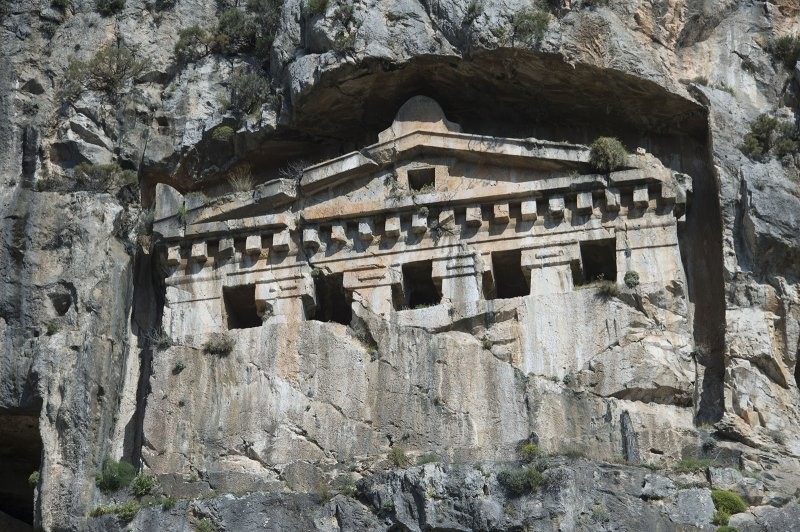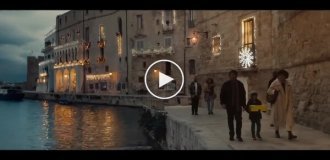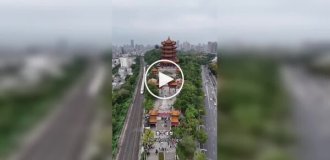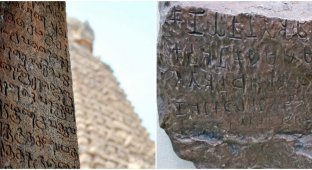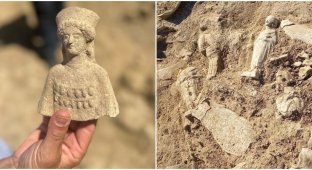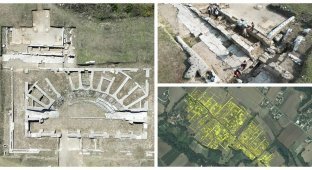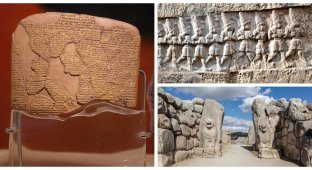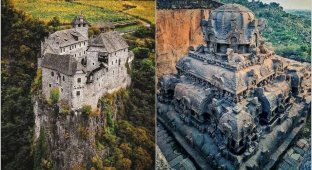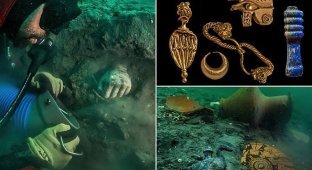Kaunos: the ancient city and its majestic tombs carved into the rocks (9 photos)
Kaunos was once a thriving port city in Southwestern Anatolia, near Dalyan (Turkey), between the Mediterranean and Aegean seas. 
Life in it began in the tenth century BC. However, it was finally abandoned around 1500 BC. Today here you can see a picture of the long-extinguished life of the peoples who once occupied this territory.
Brief History of Kaunos 
The Kaunians settled here around the sixth century BC. But real architectural structures appeared only in the fourth century BC. The Greek historian Herodotus wrote that he believed the Kaunians were the indigenous population of the region. Their language and culture indicated that they had a close relationship with their Carian neighbors. However, Herodotus noted differences between the two cultures in their customs.
Kaunos reached its peak during the period of expansion of maritime trade. It occupied a strategically important location between two seas, and Kaunos had many valuable goods that could support a long sea voyage. Here they traded dried fish, salt, figs, agricultural products, materials for the construction and repair of ships, as well as slaves. Many wanted to gain control of this wealthy port city. Therefore, during its existence, it repeatedly changed hands.
Although scientists knew about it from old texts, they could not discover the city for a long time. That was until British naval officer R. Hoskin came across it in 1842. Since then, archaeologists have been discovering more and more artifacts of the ancient city.
Decline of Kaunos 
Over time, in the Dalyan River Delta, large amounts of silt entered the ports and a large area of land was added to the original coastline. This slowed and eventually stopped all maritime trade, and the city became impoverished. Muslim invaders began attacking the area from around 600 AD. After the Turkish invasion in the 15th century, the swamps caused a malaria epidemic and Kaunos was finally abandoned. The city has become a victim of time, erosion and devastating earthquakes. Then Hoskin, who worked for the British Navy exploring the coastlines and waters of the region, discovered it in 1842.
Archaeological finds 
Theater
Although many interesting discoveries have been made in the city, the most impressive of them are the following:
A theater dating from around the second century BC. Its capacity was 5,000 people. A large wall supported one side of the theater, while the other half was built into the hillside. This theater even had an innovative periaktos - a device that allowed you to rotate and quickly change scenes (scenery).
Acropolis on a high peak 152 meters above sea level.
Basilica is a church built in the center of the site.
Monopteros is a circular colonnade that supports a roof but has no walls. The ancient Greeks used the monopteros to view the sculpture of a deity placed in the center. The Monopteros found here contains a female deity and dates back to around the first century AD.
Wind measuring platform dating back to around 150 BC. This tool helped engineers design cities according to wind direction to maximize air flow and keep it fresh and clean.
Roman baths, around 85 BC. e., where scientists discovered an exercise area, a relaxation room, a warm room and a cold pool.
Agora of the Hellenistic period with a long passage with columns. There were many statues decorating the agora and a fountain on stone platforms.
Temples 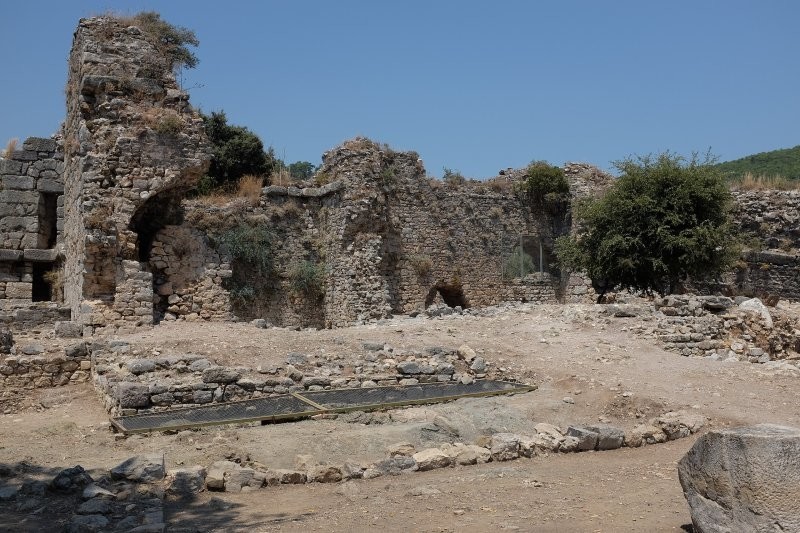
Roman baths
The Small Acropolis was built on an excellent site overlooking both harbors. It acted as a place of worship. The temples were dedicated to the fertility goddess Demeter. Every year, Kaunian women gathered here for a three-day fertility festival in the hope that the goddess would give them a child.
There was also a temple dedicated to Zeus, built in the first century BC, and a sixth-century church with a domed roof. The area dedicated to Apollo was once a sacred area where local people worshiped their god, Baselius Kaunios, from the fourth century BC until the mid-Roman period. Scientists have also discovered steles and statue bases for sacrifices here.
Kaunian rock tombs 
Outside the city walls are Hellenic Kaunian rock tombs. Dating back to the 5th-2nd centuries BC. BC, the tombs display temple-like facades on steep cliff faces. In total there are more than 150 of them. Twenty of them have temple-type facades. Behind the facades are hidden rooms of different sizes, designed to house the remains. 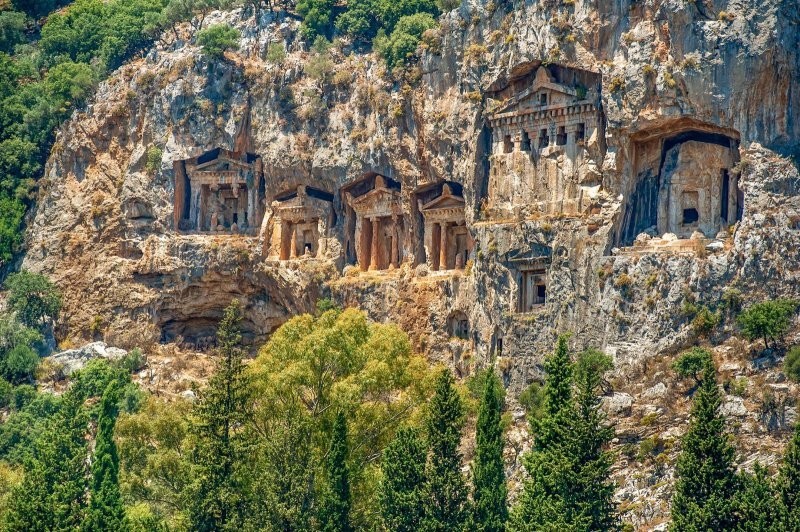
The famous tombs facing the Dalyan River were undoubtedly intended for the elite. Some believe that these are the tombs of kings. Stone slabs served as doors to the inner chambers. There is even an opinion that the tombs were carved by slaves lowered down on ropes. As soon as a slave died from exhaustion, the next one was sent to replace him.
The version is, of course, controversial. But since the locals believed that the higher a person was buried, the higher the person was buried, the higher the chances of ascending to the gods, only very rich people could afford such tombs. Accordingly, human resources were available to them.
All that remains of Kaunos are ruins. But even they are beautiful, because they serve as a reminder of a once rich, developed city with an ancient history. 